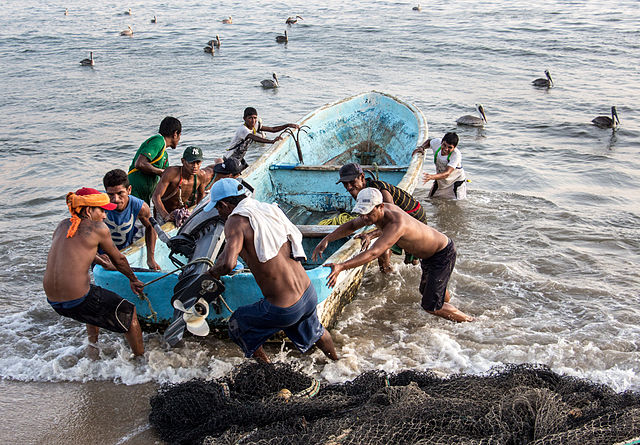Boating offers a unique opportunity to explore the beauty of the waterways, but it comes with responsibilities to ensure the safety of everyone onboard. Whether you're a seasoned sailor or a novice enthusiast, understanding and implementing boat safety measures is crucial for enjoyable and incident-free experiences on the water.
- Prioritize Personal Floatation Devices (PFDs):
Wearing a properly fitted personal flotation device (PFD) is the single most important safety measure when boating. Ensure that PFDs are readily accessible for every passenger and that children wear appropriately sized PFDs at all times. Additionally, consider investing in inflatable PFDs for comfort and mobility. - Conduct a Pre-Departure Check:
Before setting sail, conduct a thorough pre-departure check to ensure that the boat is in good working condition. This includes inspecting the hull for damage, checking fluid levels, testing navigation lights, and verifying the functionality of safety equipment such as fire extinguishers and distress signals. - Weather Awareness:
Stay informed about weather conditions before and during your boating excursion. Check weather forecasts from reliable sources and be prepared to postpone or alter your plans in the event of adverse weather conditions. Sudden changes in weather can pose significant risks to boaters, so always err on the side of caution. - Maintain Safe Speeds:
Operating at safe speeds is essential for avoiding collisions and maintaining control of the vessel. Observe speed limits in designated areas, and adjust your speed according to water conditions, visibility, and proximity to other boats or hazards. Remember that excessive speed increases the risk of accidents and can result in serious injuries or fatalities. - Assign a Designated Skipper:
Designate a responsible individual as the skipper or boat operator before departing. The skipper should be knowledgeable about boating safety procedures, navigation rules, and emergency protocols. Avoid consuming alcohol or drugs while operating the boat, as impaired judgment significantly increases the risk of accidents. - Practice Safe Navigation:
Adhere to navigation rules and regulations to prevent collisions and maintain order on the waterways. Keep a lookout for buoys, markers, and navigational aids, and be aware of restricted areas or hazards such as shallow waters, rocks, and submerged objects. Use navigational charts and GPS devices to plan your route and avoid unfamiliar or hazardous areas. - Monitor Fuel Levels:
Ensure that the boat's fuel tank is adequately filled before departure, and monitor fuel levels throughout the journey to avoid running out of fuel unexpectedly. Running out of fuel in the middle of the water can leave you stranded and vulnerable to drifting or other hazards. Consider carrying extra fuel containers for longer trips. - Communicate with Passengers:
Establish clear communication protocols with passengers to convey safety instructions, emergency procedures, and expectations for behavior onboard. Encourage passengers to remain seated while the boat is in motion, avoid leaning over the sides, and refrain from distracting the skipper. Emphasize the importance of listening to and following the skipper's instructions at all times.
